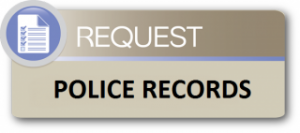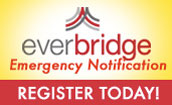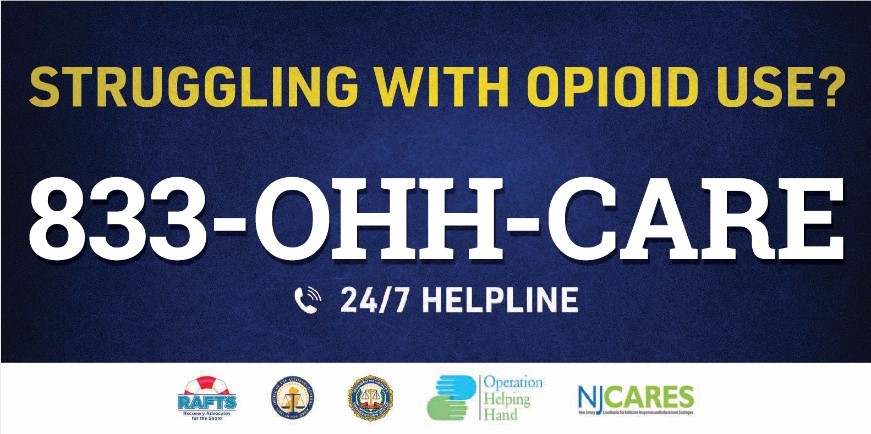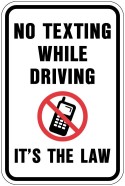Press Release
Child Passenger Safety Restraint Law Changes Effective September 1, 2015
Motor vehicle crashes are the number one cause of death of children over the age of six months in the United States. The proper use of child seats is one of the most simplest and effective methods available for protecting the lives of our young children in the event of a motor vehicle crash.
However, 3 out of every 4 children in child safety seats are not properly secured, or even worse, not restrained at all. Only the correct use of child car seats will offer the protection your child needs. Please be aware of the facts listed in this article regarding proper use of child car seats.
There are many different types of child car seats on the market today. Each one must meet federal standards and all provide good protections for your child when used correctly. The “right” seat for you is largely a matter of personal choice. Choose a seat that fits your child and your car, read the instructions carefully, and use the seat correctly on every trip.
Just as there are several types of Child Safety Seats, there are also several methods for securing these seats to a vehicle. Seat belt systems, lap belts or lap and shoulder belts are designed to be used for this purpose.
LATCH, which is an acronym for Lower Anchors and Tethers for Children, was designed to make installing child safety seats in vehicles easier. Nearly every car seat, and most vehicles manufactured since September 1, 2002 are required to have the LATCH system.
Effective September 1, 2015 the Child Passenger Safety Restraint Law will change and reflect the following:
Any child under the age of 8 years old and a height of 57 inches shall be secured as follows in the rear seat of a motor vehicle.
- A child under the age of 2 years and 30 pounds shall be secured in a rear- facing seat equipped with a 5 point harness.
- A child under the age of the age of 4 years and 40 pounds shall be secured as described in (A) until they reach the upper limits of the rear facing seat, then in a forward-facing child restraint equipped with a 5-point harness
- A child under the age of 8 and a height of 57 inches shall be secured as described in (A) or (B) until they reach the upper limits of the rear-facing or forward-facing seat, then in a belt positioning booster seat.
- A child over 8 years of age or 57 inches in height must be properly secured by a seatbelt.
If there are no rear seats, the child shall be secured as described in the front seat except that no child shall be secured in a rear-facing seat in the front seat of any vehicle that is equipped with a passenger-side airbag. The aforementioned is acceptable if the airbag is de-activated.
The correct use of the child passenger safety restraint system is easy if you follow the below four steps:
- Read the manufacture’s instructions for your car seat.
- Face the child safety seat in the proper direction. Infant seats always face backwards. The baby rides in a semi-reclining position facing the rear of the car. Convertible seats face backwards in a semi-reclining position for infants under 20 pounds and under 1 year of age, and forward in an upright position for toddlers.
- Secure your child snugly in the car seat. Always buckle the seat’s harness system securely to hold your child safely in the seat. Allow no more than one finger-width of slack between your child’s collarbone and the harness strap
- Secure the child car seat with a seat belt. Anchoring the seat properly with a seat belt is critical. A seat that is not buckled securely to the car will tip over, slide sideways or, in a crash, be ejected from the car. Check your instruction manual to find out how to route the seatbelt properly fasten it tightly.
A common question that is asked, “When can my child ride in the front seat?” The National Institute of Highway Traffic Safety recommends that your child should remain in the rear seat passenger through the age of 12. Airbags can kill young children riding in the front seat. With that in mind you should still ensure that the seat belt fits properly. For the seat belt to fit properly the lap belt must lie snugly across the upper thighs, not the stomach. The shoulder belt should lie snugly across the shoulder and chest and not cross the neck or face. Remember: you child should still ride in the back seat because it safer there.
Further information, as well as instructional and informational videos can be found by visiting www.njsaferoads.com.
Prepared By: Lieutenant Chad Clark #143
Date: August 4, 2015















